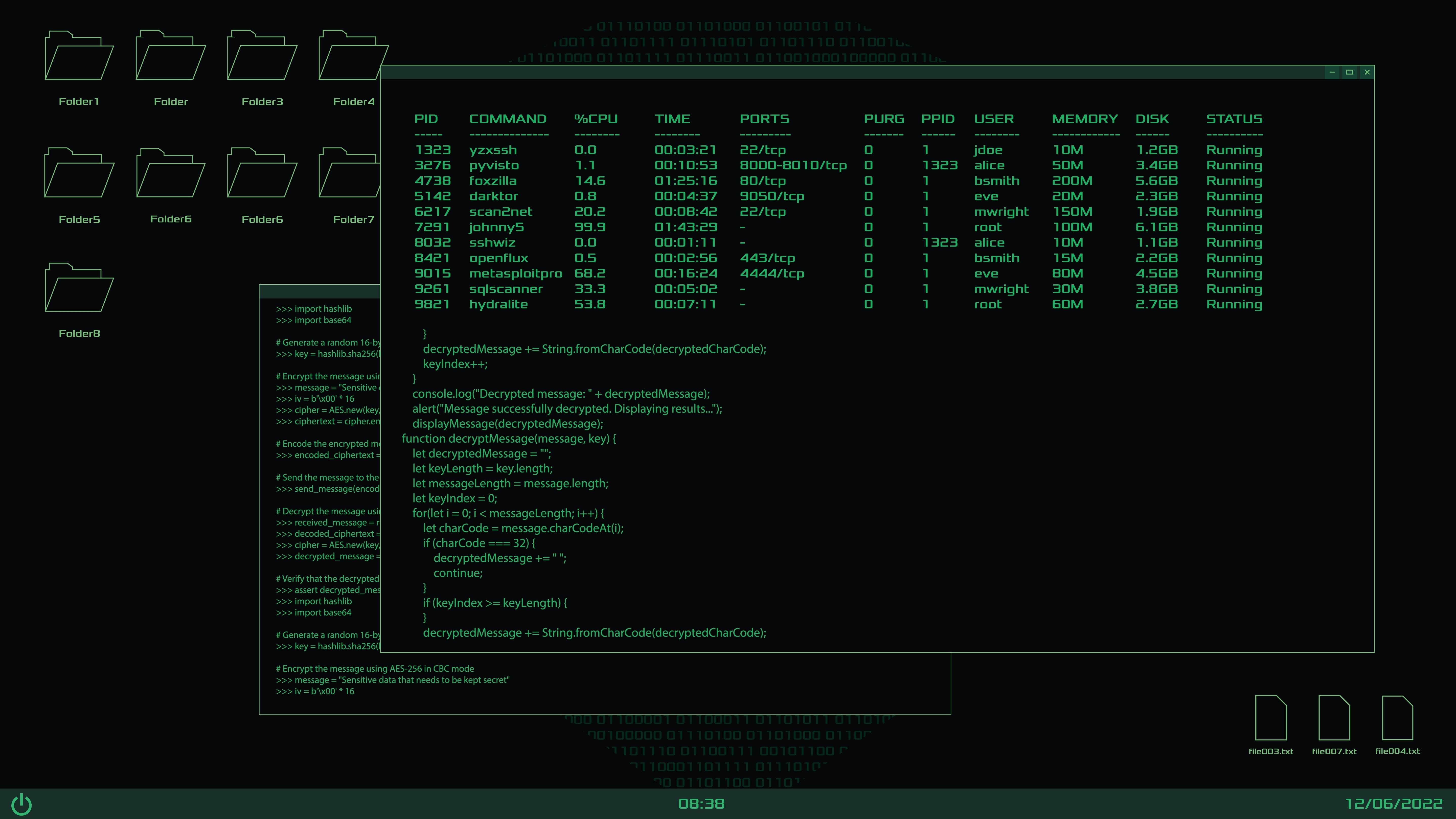Major corporate crises have shaped how organizations respond to catastrophic events, providing valuable insights for business leaders and crisis management professionals. From Johnson & Johnson’s swift response to the 1982 Tylenol tampering incident to more recent cases like Tesla’s handling of discrimination lawsuits, these situations offer practical lessons in crisis management, communication, and organizational resilience. By studying these real-world examples, companies can better prepare for and manage their own potential crises while protecting their reputation and stakeholder relationships. The following analysis examines key cases, successful strategies, and critical actions that define effective crisis management.
PR Overview
Landmark Cases in Corporate Crisis Management
The Tylenol crisis of 1982 remains a defining moment in corporate crisis management. When seven people died from cyanide-laced Tylenol capsules, Johnson & Johnson took immediate action by recalling 31 million bottles worth $100 million. The company stopped all advertising, issued public warnings, and worked closely with authorities. This response, prioritizing public safety over profits, became the gold standard for crisis management.
In 2015, Chipotle faced a severe E. coli outbreak affecting multiple states. The company’s CEO, Steve Ells, appeared on national television to apologize and outline specific safety measures. Chipotle temporarily closed affected restaurants, implemented new food safety protocols, and communicated regularly with stakeholders. While sales initially dropped by 30%, the company’s transparent approach helped restore consumer confidence.
Tesla’s handling of racism allegations at its Fremont factory provides a more recent example. The company faced multiple lawsuits alleging racial discrimination. Their response included establishing a DEI team, revising workplace policies, and increasing transparency in reporting workplace issues. This ongoing case demonstrates the importance of addressing systemic problems while maintaining open communication with stakeholders.
Effective Communication Strategies During Crisis
Successful crisis communication starts with immediate acknowledgment of the situation. When KFC faced a chicken shortage in the UK in 2018, they responded with a creative apology campaign that rearranged their letters to spell “FCK” on an empty chicken bucket. This honest, humorous approach earned praise for its authenticity and helped maintain customer goodwill.
Clear, consistent messaging across all channels proves essential. During crises, companies must:
- Establish a single source of truth
- Provide regular updates
- Address stakeholder concerns directly
- Maintain transparency about actions taken
- Avoid speculation or premature promises
Social media management becomes particularly critical during crises. Companies must monitor conversations, respond promptly to concerns, and maintain consistent messaging across platforms. United Airlines learned this lesson the hard way in 2017 when their delayed and defensive response to a passenger removal incident amplified public outrage.
Common Crisis Management Mistakes to Avoid
Southwest Airlines’ 2022 holiday meltdown illustrates several critical mistakes in crisis management. The airline’s inadequate communication, delayed response to customer concerns, and lack of preparedness led to widespread criticism and significant financial losses exceeding $800 million.
Other common mistakes include:
Denial or minimization of the problem: BP’s initial response to the Deepwater Horizon oil spill in 2010, downplaying the severity of the environmental impact, damaged their credibility.
Lack of empathy: Facebook’s initially technical response to the Cambridge Analytica scandal failed to address user privacy concerns effectively.
Delayed response: Equifax waited six weeks to disclose their 2017 data breach affecting 147 million people, eroding public trust.
Preventive Measures and Crisis Preparation
Effective crisis prevention requires robust systems and protocols. After the Tylenol incident, Johnson & Johnson developed tamper-resistant packaging that became an industry standard. This proactive approach to preventing future crises demonstrates the value of learning from past incidents.
Organizations should establish:
- Regular risk assessments and monitoring systems
- Crisis response teams with clear roles and responsibilities
- Emergency communication protocols
- Regular crisis simulation exercises
- Stakeholder engagement strategies
Companies like Google maintain extensive legal and communications teams ready to respond to various scenarios, from antitrust investigations to data privacy concerns.
Legal and Operational Response Framework
Legal preparation forms a crucial component of crisis management. Organizations must:
- Maintain strong relationships with legal counsel
- Document all crisis-related decisions and actions
- Ensure regulatory compliance throughout the response
- Coordinate with relevant authorities
- Protect sensitive information while maintaining transparency
Operational responses should focus on:
- Immediate corrective actions
- System and process improvements
- Policy updates and enforcement
- Employee training and support
- Regular progress monitoring and reporting
Building Long-term Resilience
Organizations that successfully navigate crises often emerge stronger by implementing lasting changes. After its food safety crisis, Chipotle established new protocols that exceeded industry standards. The company invested $50 million in food safety programs and regular third-party audits.
Key elements of long-term resilience include:
- Regular review and updates of crisis management plans
- Investment in technology and monitoring systems
- Ongoing stakeholder engagement
- Culture of transparency and accountability
- Regular training and simulation exercises
Conclusion
Corporate crises provide valuable lessons for organizations seeking to protect their reputation and maintain stakeholder trust. Successful crisis management requires immediate action, transparent communication, and a commitment to meaningful change. Companies must invest in preparation, maintain strong response frameworks, and learn from past incidents to build resilience.
Organizations should focus on developing comprehensive crisis management plans, training teams regularly, and maintaining open lines of communication with stakeholders. By studying and applying lessons from major corporate crises, companies can better position themselves to handle future challenges effectively while maintaining public trust and operational stability.
The most successful organizations view crisis management not as a one-time response but as an ongoing process of preparation, learning, and improvement. This approach helps build stronger, more resilient organizations capable of weathering future challenges while maintaining stakeholder confidence and market position.
Crisis Communications for Beauty Brands
When a beauty brand faces a crisis, the clock starts ticking immediately. Whether it's a...
How PR Shapes Trust in a Post-Hype Blockchain Era
The blockchain industry has weathered multiple storms—from spectacular exchange collapses to...
The Intersection of Corporate Communications and Cybersecurity Messaging
When a cybersecurity incident strikes, the technical breach is only half the battle. The other...




